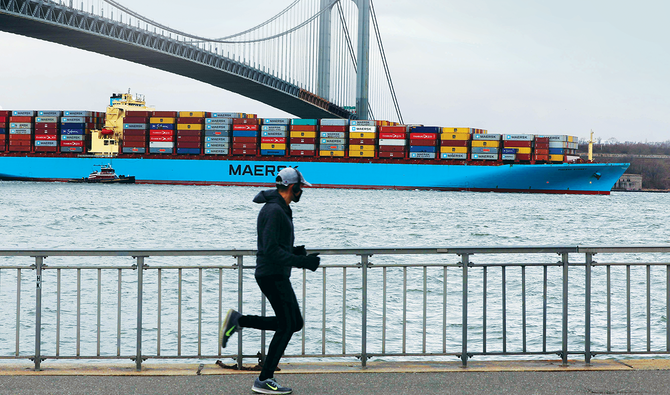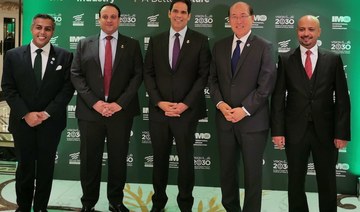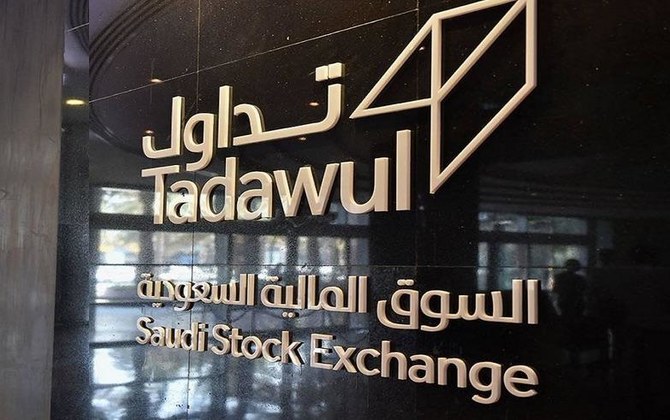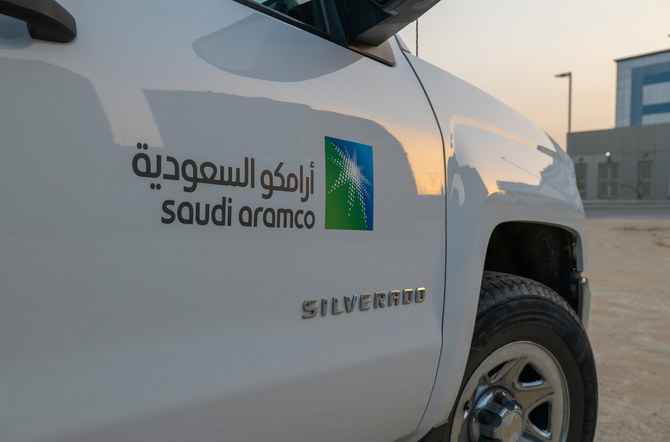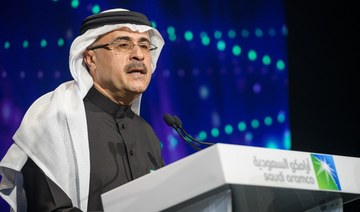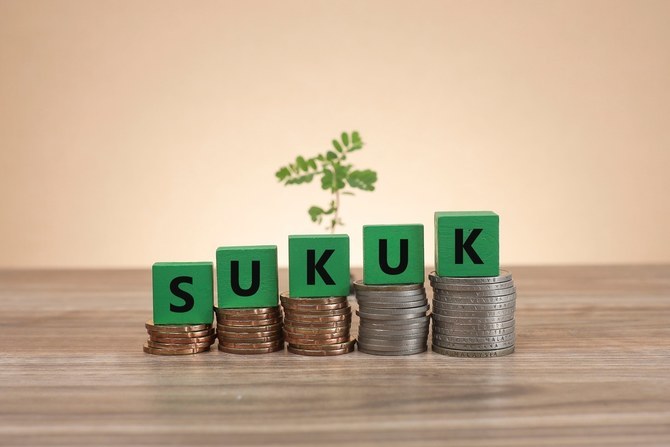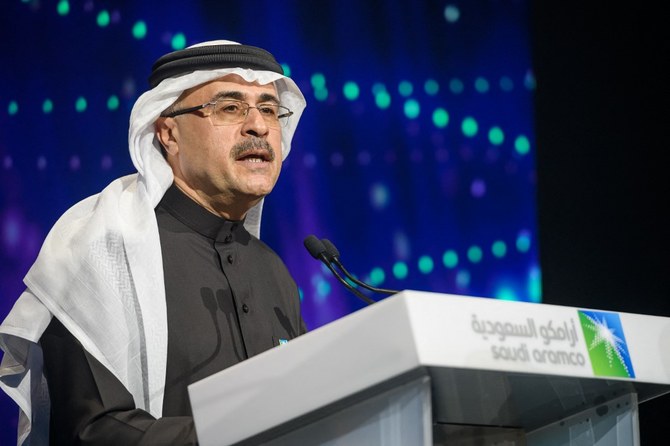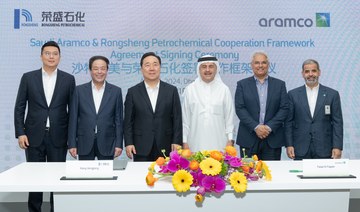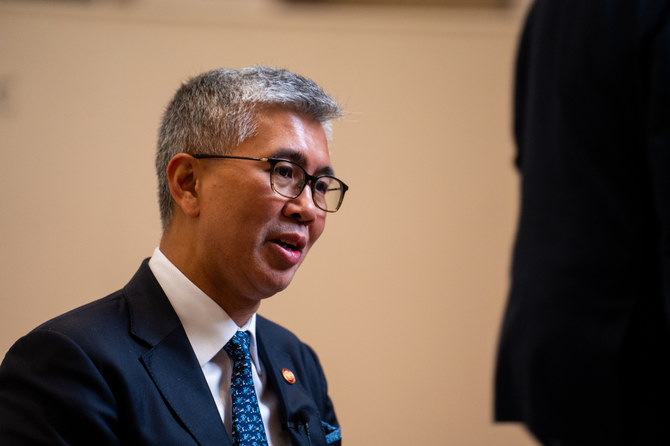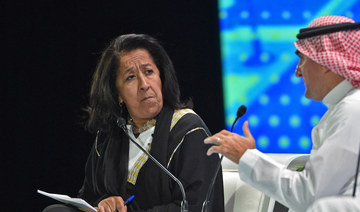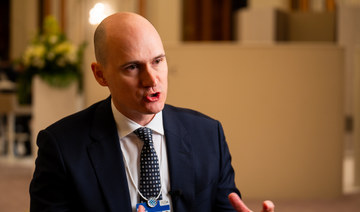LIANYUNGANG, China: Towering cranes work overtime swinging containers from cargo vessels in the eastern Chinese port of Lianyungang, racing to keep ahead of a perfect storm unleashed by the pandemic that has created gridlock in global shipping.
As the huge containers were flung onto trucks with a thunderous clang, Shi Jiangang, a top official with Chinese shipping company Bondex Logistics, reflected on the backlog. “It has been a very great challenge,” he said.
The ship being offloaded was a South Korean vessel that normally also carries passengers but has been given over entirely to cargo. In the distance, a fleet of other vessels waited offshore.
Lianyungang is not alone.
The global shipping network that keeps food, energy and consumer goods circulating — and the world economy afloat — is facing its biggest stress test in memory.
Maritime trade came under the microscope after a Japanese-owned megaship ran aground in the Suez Canal, blocking the busy channel for nearly a week.
It was refloated last week but the larger crisis remains, amid warnings that soaring freight costs could affect supplies of key goods or consumer prices.
The situation arose last year as the expanding coronavirus disease (COVID-19) pandemic jammed the sprawling, predictable patterns by which shipping containers are shared around the world’s ports.
When many countries began easing virus restrictions late last summer, a wave of pent-up demand from hunkered-down consumers bingeing on internet purchases delivered a shock to supply lines.
Exports from nations like China soared. But since the end of 2020, vessels have piled up outside overburdened Western ports, leaving Asian exporters clamoring for the return of empty containers needed for further shipments.
At Lianyungang — China’s 10th-busiest port, according to the World Shipping Council — desperate firms are pressing rail-cargo containers into maritime service, placing rush orders for new ones, and rerouting some shipping to other Chinese ports.
The price to ship a 40-foot container from Lianyungang to the US has soared to more than $10,000, from the usual $2,000-$3,000, Shi said. The situation is “putting pressure on everyone in the supply chain,” he said.
American consumer demand has been a key driver.
The Port of Los Angeles said last month that processed volume in February jumped 47 percent year-on-year, the strongest February in its 114-year history. The number of empty containers stranded there has also soared. An LA port official told AFP last week that more than two dozen ships were waiting to berth outside Los Angeles and Long Beach, the two busiest ports in the US. Normally there is no wait, but delays now average more than a week. “We basically have a couple of weeks of work, but more ships come in every day,” another West Coast port official told AFP.
Compounding the gridlock, many container vessels had been pulled from the market for refitting to meet carbon-reduction standards, while social distancing and occasional coronavirus clusters among dockworkers have also slowed processing.
Port of Los Angeles Executive Director Gene Seroka said recently the facility was focused on vaccinating port workers and pushing cargo through. “It is critical that we clear the backlog of cargo and return more certainty to the Pacific trade,” Seroka said.
Commodities information provider S&P Global Platts said vessels were also logjammed in Singapore, the world’s busiest container transshipment port, and that sailing schedule reliability was at a 10-year low.
The longer-term impact on trade and consumers remains difficult to forecast as no one knows for sure when the situation will ease, or if it might worsen.



